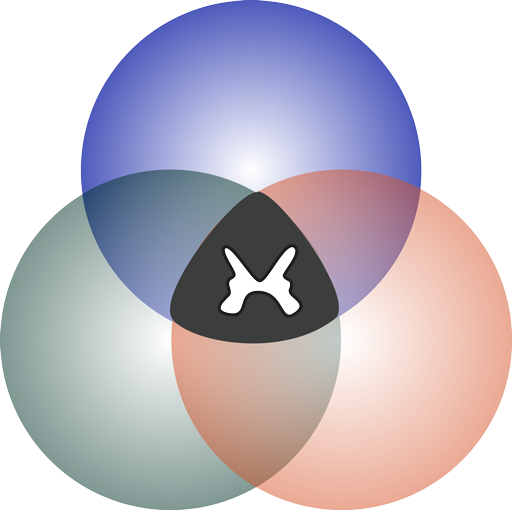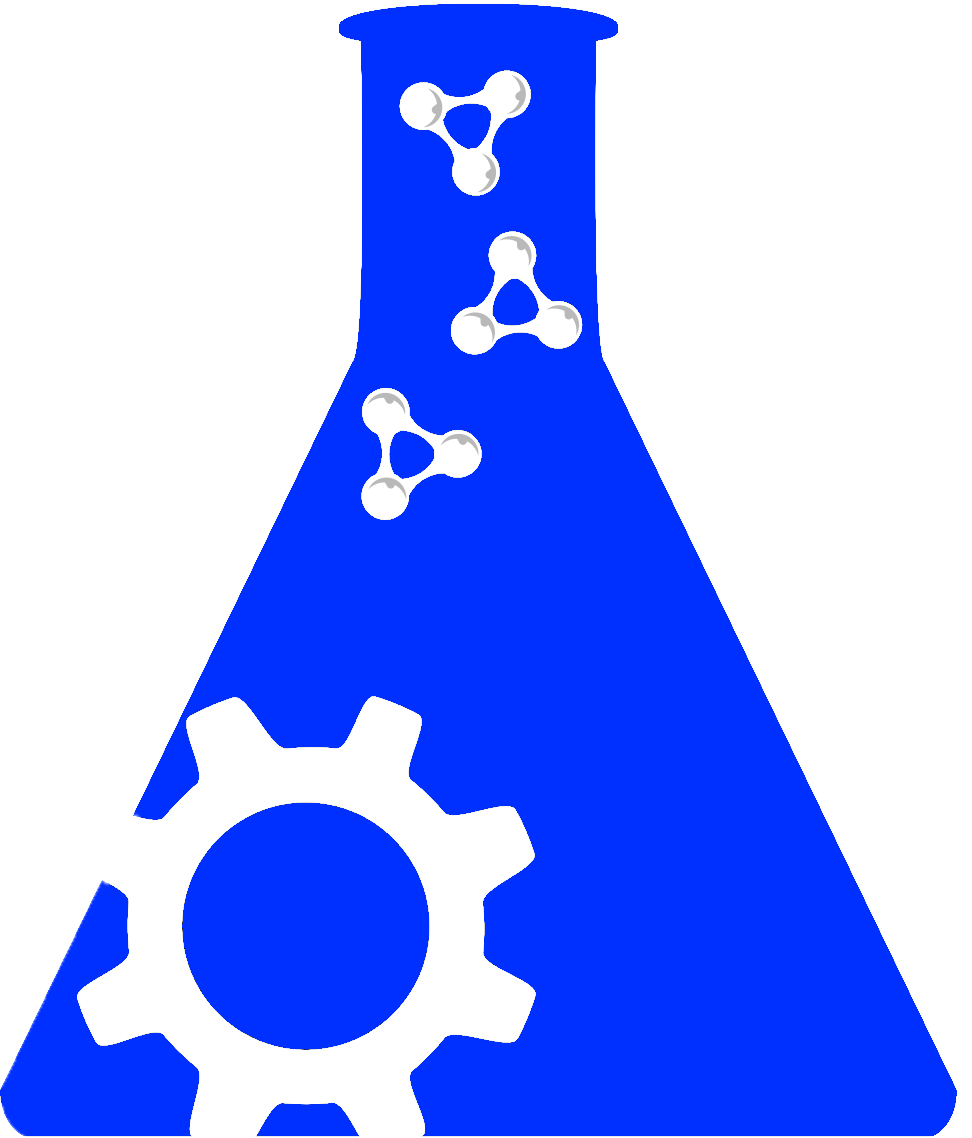Full Data Package |
Data Dictionary |
Methodology |
||||
|---|---|---|---|---|---|---|
Create new odc-sci Account and/or log in to download the file. |
||||||
Pleiotrophin Efficacy in vitro and Dose-Response Experiments in vivo Following an Incomplete Cervical Dorsolateral Quadrant Spinal Cord Injury in Adult Male and Female Lewis RatsDOI:10.34945/F55S36DATASET CITATIONNg C., Strayer A. J., Smith K., Lowe K., Gupta S. J., Yousuf M. S., Maguire A. D., Kerr B. J., Winship I. R., Fouad K., Fenrich K. K. (2025) Pleiotrophin Efficacy in vitro and Dose-Response Experiments in vivo Following an Incomplete Cervical Dorsolateral Quadrant Spinal Cord Injury in Adult Male and Female Lewis Rats. Open Data Commons for Spinal Cord Injury. ODC-SCI:1235 http://doi.org/10.34945/F55S36ABSTRACTSTUDY PURPOSE: To generate a dose-response curve for pleiotrophin (PTN) treatment in adult rat spinal cord injury (SCI) models and to further understand the capabilities of PTN in promoting neurite outgrowth in vitro and in vivo, compared to chondroitinase ABC (ChABC) therapy.DATA COLLECTED: To ensure our supply of PTN (provided by Dr. H. Rauvala, University of Helsinki, Finland) was viable and could promote neurite outgrowth, we tested PTN in vitro on cortical cells (collected from 0-day-old Sprague Dawley rats) grown on chondroitin sulfate proteoglycans (CSPGs). Three biological and three technical replicates were conducted for each cell culture condition and 7-12 images were collected and analyzed per group (groups: LAM (laminin); LAM+lowCSPG+high_nPTN; LAM+highCSPG+high_oPTN; LAM+highCSPG+high_nPTN; LAM+highCSPG; LAM+lowCSPG+low_rhuPTN; LAM+lowCSPG+low_oPTN; LAM+lowCSPG+low_nPTN; LAM+lowCSPG). The data collected include the neurite length and soma counts. We have provided detailed methods in the methodology section. A dose-response experiment (n = 40, male and female Lewis rats) using a cervical level 4 (C4) dorsolateral quadrant (DLQ) SCI was conducted to determine the optimal dose of PTN to promote functional recovery and examine potential sex differences. PTN was injected directly into the intermediate grey matter at 2-2.5 mm caudal and ipsilateral to the SCI. The doses tested were 0.5 µg in 1 µL, 1.5 µg in 1 µL, 5 µg in 1 µL and 15 µg in 1 µL. A dose of approximately 1 µg in 1 µL was used in subsequent experiments. PTN efficacy at promoting functional recovery was also tested in comparison to a ChABC treatment using a C4 DLQ SCI. Three groups of female Lewis rats (total n = 9) were used: a no-treatment (PBS) control (1 µL; n = 3), a PTN treatment (1 µg in 1 µL; n = 3), and a ChABC treatment (1.33 U in 1 µL; n = 3). PTN and ChABC were found to produce similar levels of axonal growth compared to control treated animals. Von Frey hair test was used to assess bilateral forepaw tactile sensitivity before and at 1-, 3-, 5-, and 7-weeks post-SCI in the dose-response experiment. Results indicated no hypersensitivity or allodynia due to PTN-treatment, regardless of the dose used. Horizontal ladder task was video recorded before and after SCI (PTN vs ChABC: 5 weeks post-SCI; Dose-response: 1-, 3-, and 5-weeks post-SCI) and analyzed in a blinded manner. The horizontal ladder task did not reveal any significant changes to long-term motor function in relation to increasing doses of PTN or in comparison to ChABC and control rats. Cylinder test recordings were taken before and at 5 weeks post-SCI for the PTN vs ChABC experiment only to test spontaneous forelimb use. We found no significant differences between groups. Histological analysis of lesion severity was performed on transverse sections of the spinal cord showing the largest area of SCI damage. Sections were immune-stained with 0.5% cresyl violet solution and visualized using brightfield and phase-contrast microscopy. No difference in injury severity was detected between groups for the PTN vs. ChABC experiment.CONCLUSIONS: Pleiotrophin was confirmed to elicit neurite outgrowth in vitro and promote functional recovery similar to that of ChABC. Our dose-response experiment revealed comparable behavioural outcomes across different doses, suggesting that moderate doses can achieve the desired results.KEYWORDSpleiotrophin; Spinal Cord Injury; Dorsolateral quadrant (DLQ); Lesion; rat; In Vivo; In VitroPROVENANCE / ORIGINATING PUBLICATIONSRELEVANT LINKSNOTES |
DATASET INFOContact: Strayer Abigail (astrayer@ualberta.ca)Lab: Keith K Fenrich
|
|





